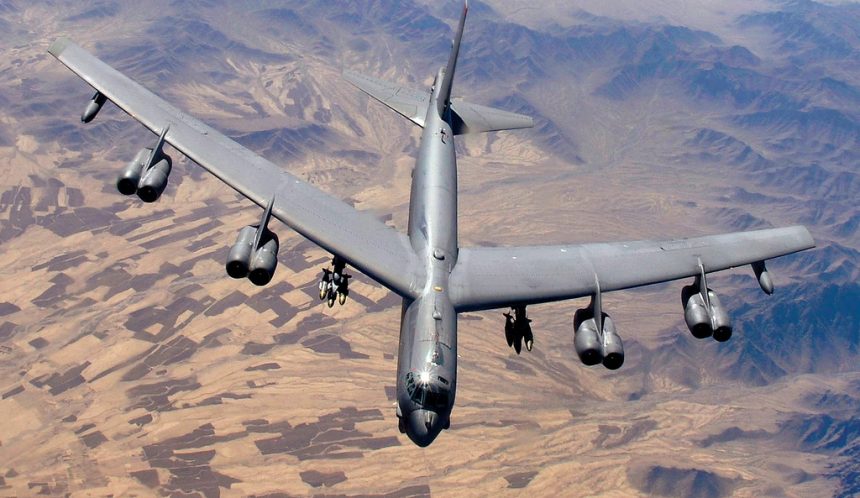A low voltage switch saved the U.S. from a nuclear Armageddon.
The UK Newspaper The Guardian has released details under the freedom of information act, which chronicle how on Jan. 23, 1961, one small frail fail safe switch averted a disaster of biblical proportions.
Earlier on that day, a B-52 had departed Seymour Johnson Air Force Base armed with two Mk39 Hydrogen bombs, both with a yield of 4 megatons or to put it another way, with bombs each 260 times more powerful than the weapon that had been dropped on Hiroshima during World War II.
The B-52 was to fly down the East Coast as an airborne alert aircraft, which would have been called upon should the need arise. The article doesn’t go into detail but the story is known: the B-52 got into difficulties and ended up breaking apart in the air. The rear of the aircraft began a tail spin at which point the bombs got separated from the aircraft, one of the bombs then did as it was designed to do and it deployed its parachute and armed itself as if descended towards the ground.
Eight years after the accident a secret report was written by Parker F Jones. That document was released under the freedom of information act, the Guardian found it and documented how close the incident brought Goldsboro in North Carolina, and the U.S. East Coast to a major catastrophe (whereas the U.S. government repeatedly denied that its nuclear arsenal had put American lives at risk).
“As it went into a tailspin, the hydrogen bombs it was carrying became separated. One fell into a field near Faro, North Carolina, its parachute draped in the branches of a tree; the other plummeted into a meadow off Big Daddy’s Road.
Jones found that of the four safety mechanisms in the Faro bomb, designed to prevent unintended detonation, three failed to operate properly. When the bomb hit the ground, a firing signal was sent to the nuclear core of the device, and it was only that final, highly vulnerable switch that averted calamity.”
It then said: “Had the device detonated, lethal fallout could have been deposited over Washington, Baltimore, Philadelphia and as far north as New York city – putting millions of lives at risk.”
A low voltage switch saved the U.S. from a nuclear Armageddon.









